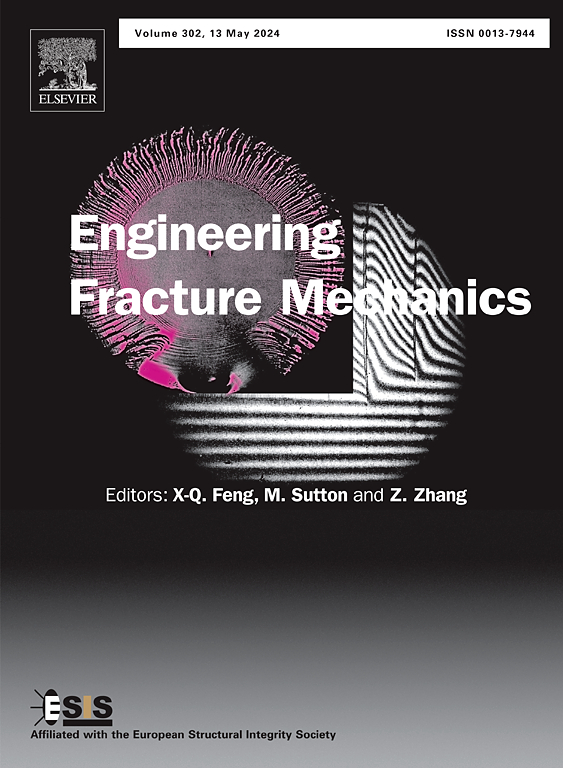On the use of representative specimens for the structural integrity assessment of safety-relevant rotating components
IF 4.7
2区 工程技术
Q1 MECHANICS
引用次数: 0
Abstract
Safety-relevant components, for which a failure in service could have catastrophic consequences, are usually designed for extremely low probability of failure and they are subjected to stringent part qualification procedures according to guidelines set by regulatory agencies. Manufacturers are often forced to perform tests on full scale or scaled components to ensure the structural integrity under defined loading conditions, which usually implies a huge experimental and financial effort. Therefore, companies try to develop new strategies such as digital twins, which allow to massively reduce costs, without compromising safety. This work presents a new quasi-static testing and assessment concept, the main idea of which is to replace, or at least reduce, the experimental testing on components by testing specimens representative of the component.
Fracture mechanics specimens have been designed iteratively by numerical simulations to match the stress state at the crack-tip of the maximum permissible defect defined by regulatory agencies for the component. Potentially, the major benefit of the proposed approach is that the tests can be performed on conventional laboratory testing machines. The effectiveness of the methodology is demonstrated in case of the structural integrity assessment of a Ni-base superalloy aero-engine turbine disk at overspeed conditions.

求助全文
约1分钟内获得全文
求助全文
来源期刊
CiteScore
8.70
自引率
13.00%
发文量
606
审稿时长
74 days
期刊介绍:
EFM covers a broad range of topics in fracture mechanics to be of interest and use to both researchers and practitioners. Contributions are welcome which address the fracture behavior of conventional engineering material systems as well as newly emerging material systems. Contributions on developments in the areas of mechanics and materials science strongly related to fracture mechanics are also welcome. Papers on fatigue are welcome if they treat the fatigue process using the methods of fracture mechanics.

 求助内容:
求助内容: 应助结果提醒方式:
应助结果提醒方式:


